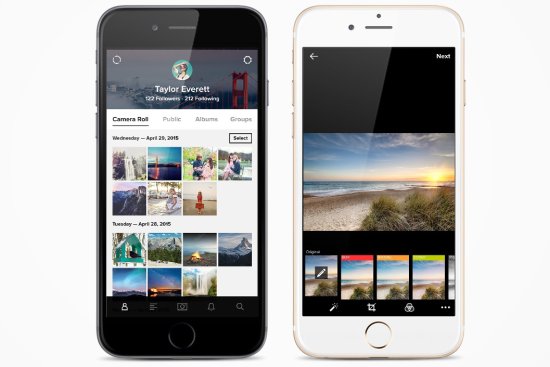
Flickr is trying to stay afloat in an era of Instagram and Facebook
Flickr is trying to reclaim its throne as the king of photo-sharing apps with a major redesign of its services.
The Yahoo-owned site announced Thursday a string of new features for its desktop and mobile platforms. Among the features are an updated search algorithm that allows you to find images with a certain color, size or orientation, as well as a new cloud-based Camera Roll that can auto-organize your photos across over 60 categories including landscapes, animals and screenshots.
It’s the second major update in two years as Flickr, once the go-to site for photo-sharing back in the mid-2000s, attempts to stay afloat in an era of Instagram and Facebook. In 2013, Flickr underwent a series of massive changes that were met with mixed reviews: while every user was given a free terabyte of storage (that’s about 70 times Google Drive’s free storage), many still were angered by the elimination of paid unlimited storage and the design overhaul.

The updates are Flickr’s latest attempts to stay relevant in a sector that has exploded in just a couple of years. Back in 2008, Flickr and its main competitor Facebook — both four years old at the time — had comparable shares of the some 20 million photos shared online daily, according to estimates in KPCB’s annual Internet Trends report. Flash forward to 2014 and about 1.8 billion photos were being shared online daily, with about 350 million on Facebook, 60 million on Instagram, 700 million on Snapchat and Whatsapp each — but fewer than 10 million on Flickr.